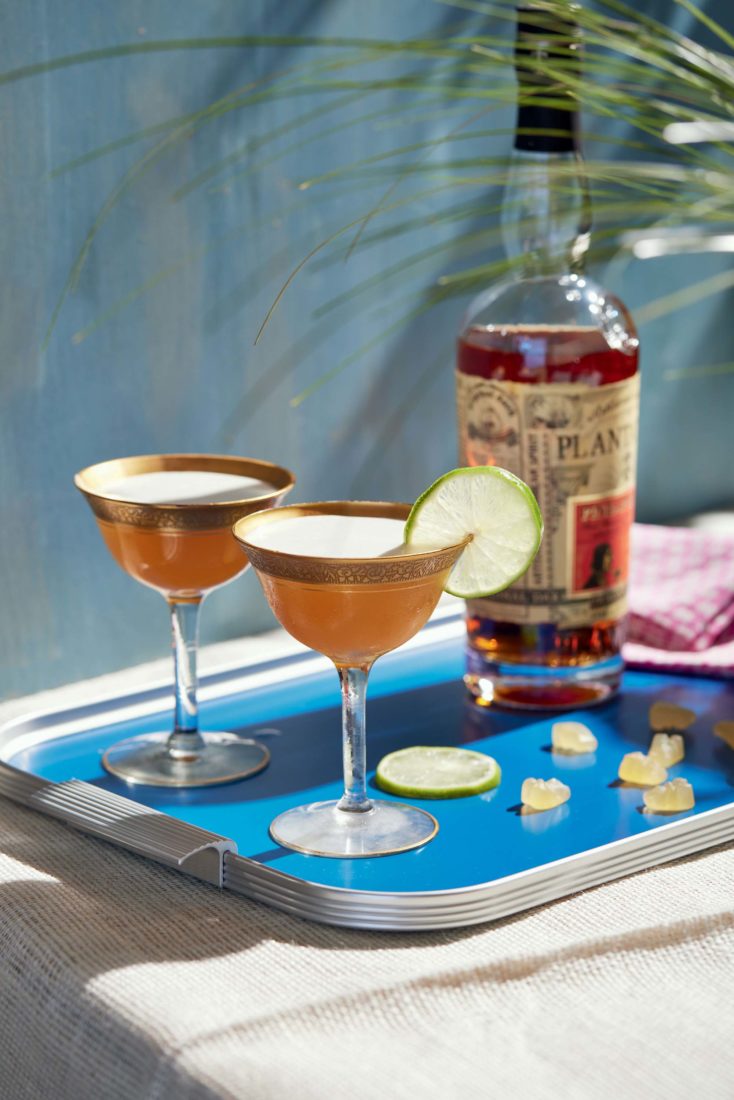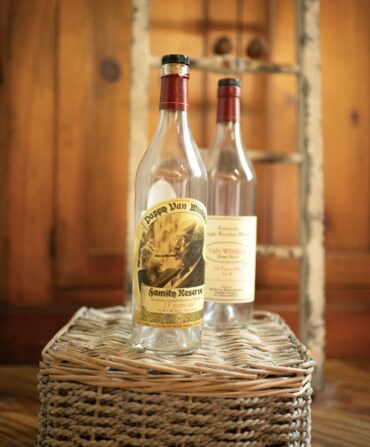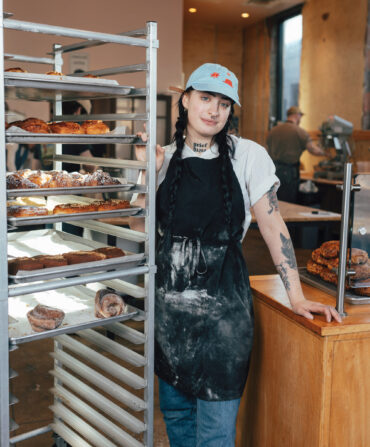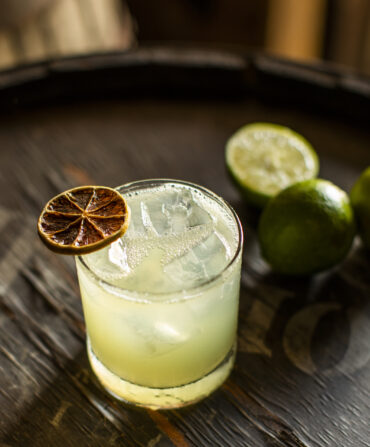What we find delicious marks where we’re from—geography, history, what grows locally, our economic status, what our parents cooked. But I’ve come to believe that some of the foods we love are in our blood. I was raised in the South but born in Puerto Rico, and one of my most rooted flavors is pineapple.
Sour sweet, deeply tropical, bitingly enzymatic, and nourishing, pineapple tastes better than almost anything on earth. My favorite cake: pineapple upside-down. My favorite Haribo gummy bear: clear. I add pineapple to my morning smoothies, I grill and serve it alongside adobo-marinated steak, its aroma forms the top note of my dryer sheets.
And so when I discovered Plantation Stiggins’ Fancy Pineapple Rum, I was enthralled. Inspired by a character in Charles Dickens’s Pickwick Papers and developed by the French cognac producer Maison Ferrand’s Alexandre Gabriel alongside cocktail researcher David Wondrich, it’s a delicate rum soaked in pineapple flesh and bark, producing more of a floating essence of pineapple rather than the sugariness of a flavored liqueur.
But as for others before me—notably Osayi Endolyn, who spoke about the rum in an episode of the podcast The Sporkful—the word plantation on the label immediately gave me pause. In Georgia I went on grade-school field trips to former plantations, where docents made strikingly little mention of slavery, focusing instead on the Doric columns, the grandness of the grounds. Similar to that convenient omission on those tours of my youth, many companies have used the term plantation in their names to evoke a romantic nostalgia for a bygone era of sprawling mansions, women in extravagant corseted gowns, and Southern gentility, while ignoring the brutality that accompanied it all.
To complicate matters, I was doubly troubled by this spirit being a rum. Rum brings to mind cane—once harvested by the enslaved in a dangerous, often deadly process—and as the Haitian author Edwidge Danticat wrote, the farming of bones, alluding to the hauntingly hollow sound sugarcane produces when stacked. Today Puerto Rico continues to struggle with food sovereignty as a direct result of plantations, as cane sugar monoculture replaced biodiversity for hundreds of years. Why bother drinking a cocktail that echoes so much trauma?
Over the years I’ve discovered that many Latin Americans are prone to dichos, or sayings. My mom seems to have one for every imaginable scenario: why we eat similar things, why it’s hotter this year than last, and so on. In recent times, I’ve come to use this one often: Hay tantas realidades como puntos de vista. There are as many realities as there are points of view. More simply: Hay tantas realidades. There are so many realities.
I aim to be a citizen of the world, and this saying feels particularly prescient of late. In stepping further out of my Southern and Puerto Rican upbringings and into the realities of other places, interrogating discomfort teaches me things.
The developers of Plantation Stiggins’ Fancy Pineapple Rum are French and white, and en français, plantation translates broadly to the word for farm. While doing research for my forthcoming book, Islas: Cuisines of Resilience, I learned that Hawaiian plantations were complex convening spaces for native Hawaiians and immigrants from China, Japan, Portugal, Korea, and the Philippines. A unique local language known as pidgin emerged in these spaces, as did the truly hybridized cuisine of the island chain. On a recent trip to Jardín, Colombia, a small pueblo tucked into the Andes, I stayed at Hotel Plantación—its walls built using bioclimatic materials, with a plant-based restaurant that serves meals made from ingredients from the on-site gardens and local farms. The plantations of my homelands are distinct from those of other spaces, with layered histories that expand notions of place and identity. Even still, last year Gabriel acknowledged how the label resonates negatively with some consumers, and announced that Maison Ferrand plans to change the name.
In an increasingly global society, it’s our responsibility to interrogate these gray areas, to challenge assumptions, and to work to understand historical and cultural context. That’s what this recipe for La Piña, a pineapple rum daiquiri, has come to mean to me—it’s an ode to my deep love for pineapple, and my obsession with exploring all the possible realities of flavor. I don’t have a perfect answer for how to negotiate these complexities, except that when I serve this cocktail, I invite the discomfort, and hope it opens a dialogue with whomever it’s prepared for.
HOW TO MIX IT UP
Fill ¾ of a cocktail shaker with ice, then pour in a scant 2 ounces Plantation Stiggins’ Fancy Pineapple Rum, 1 ounce of pineapple juice, 2 teaspoons of simple syrup, and 3 teaspoons of lime juice. Shake vigorously for about 30 seconds, then strain into a chilled coupe glass. (This rum on the rocks with just a squeeze of lemon is also delicious.)








